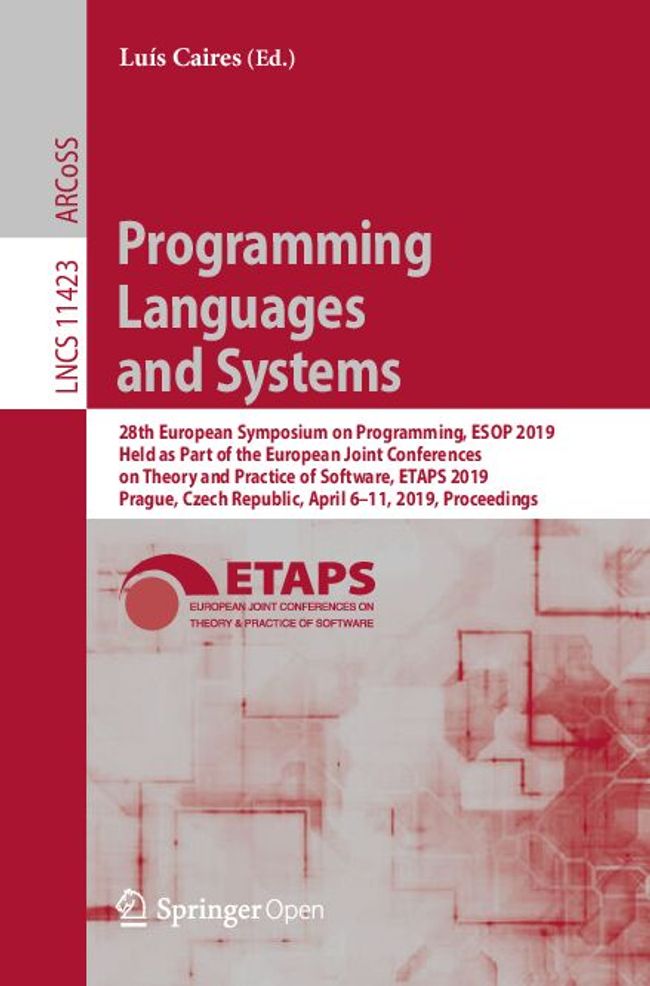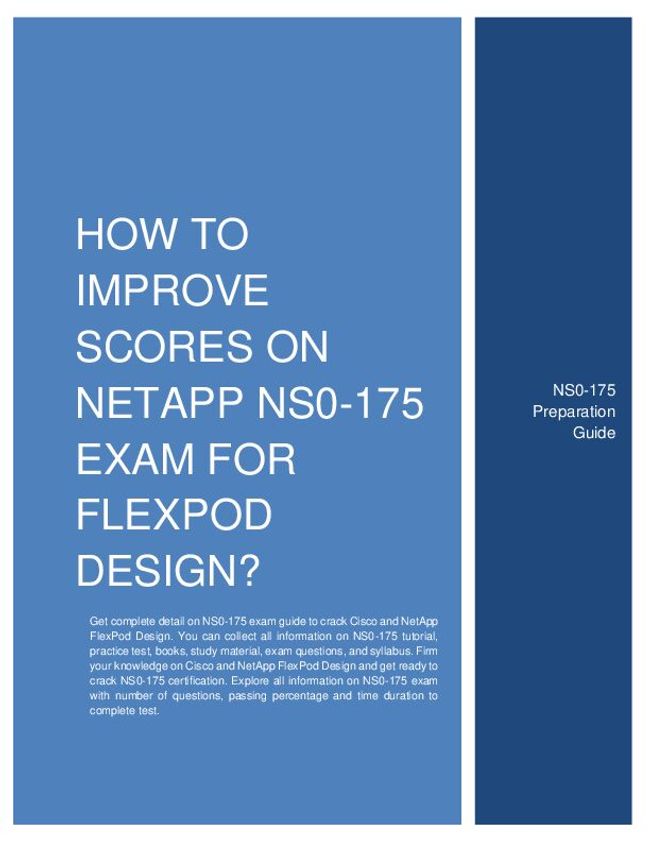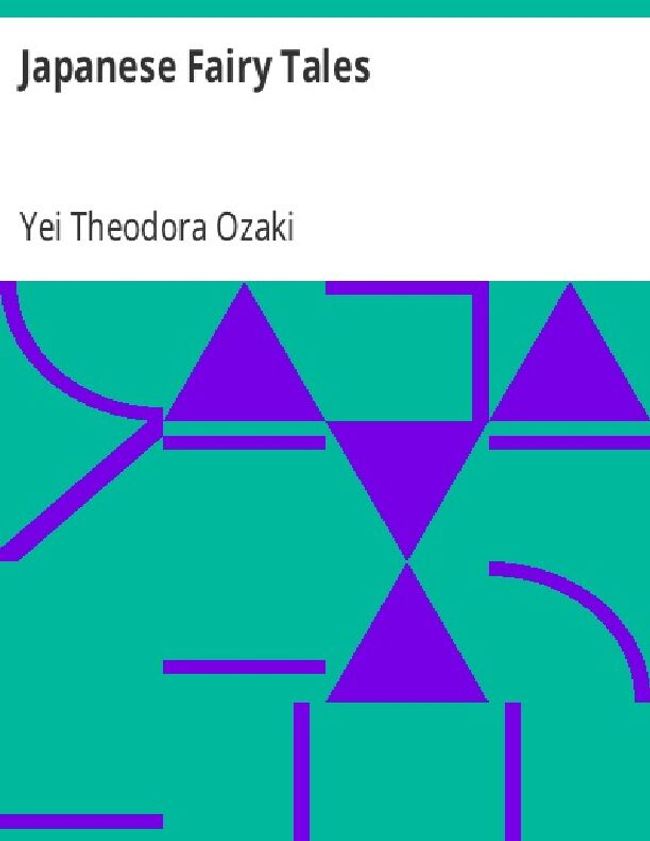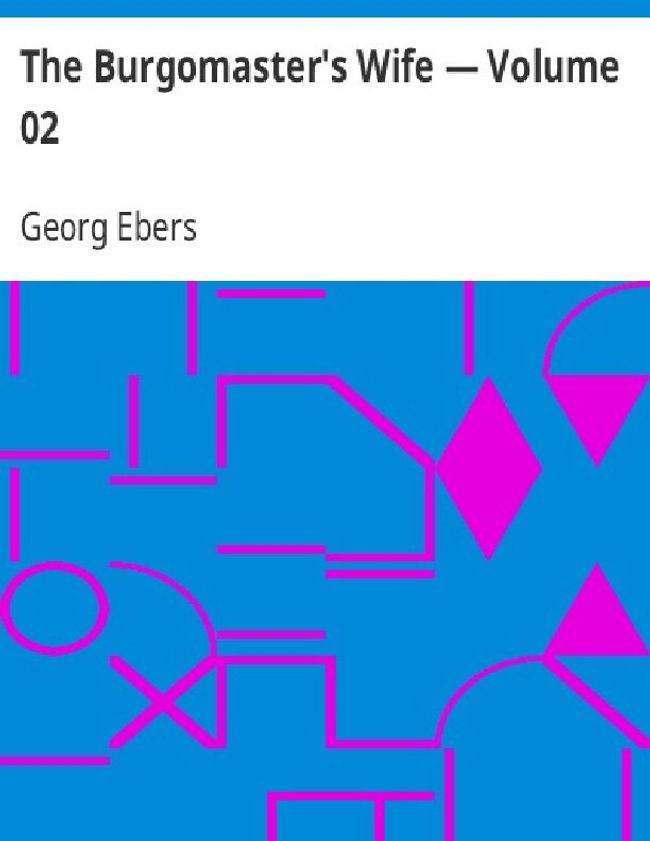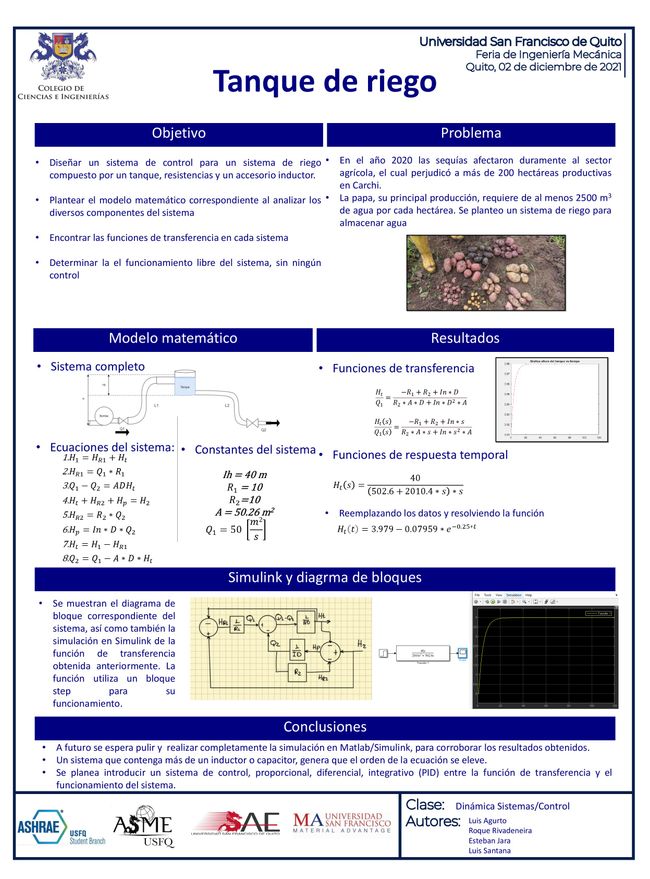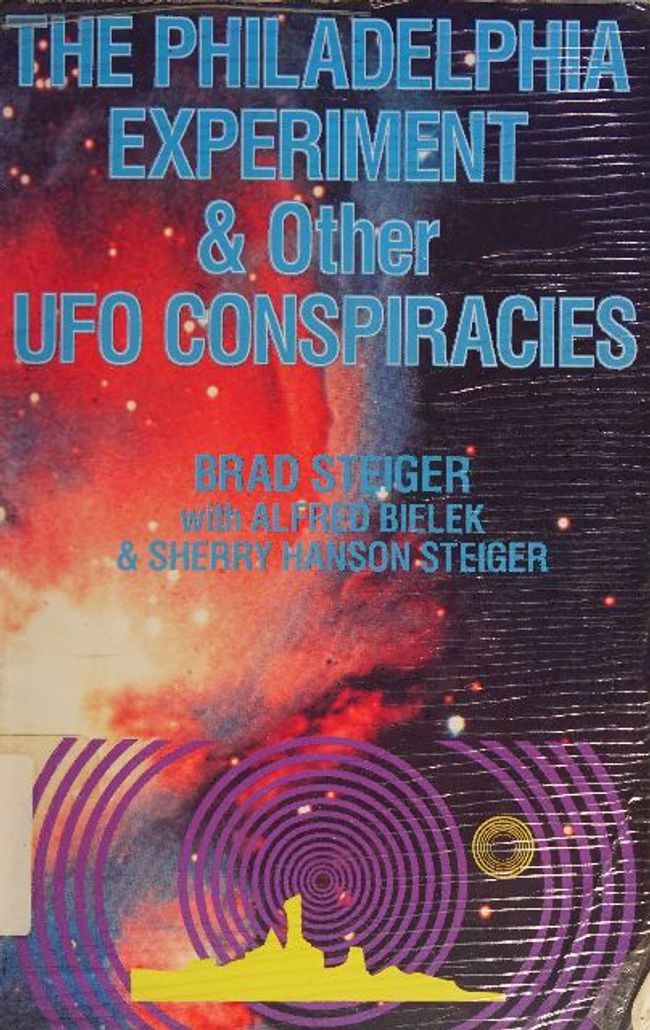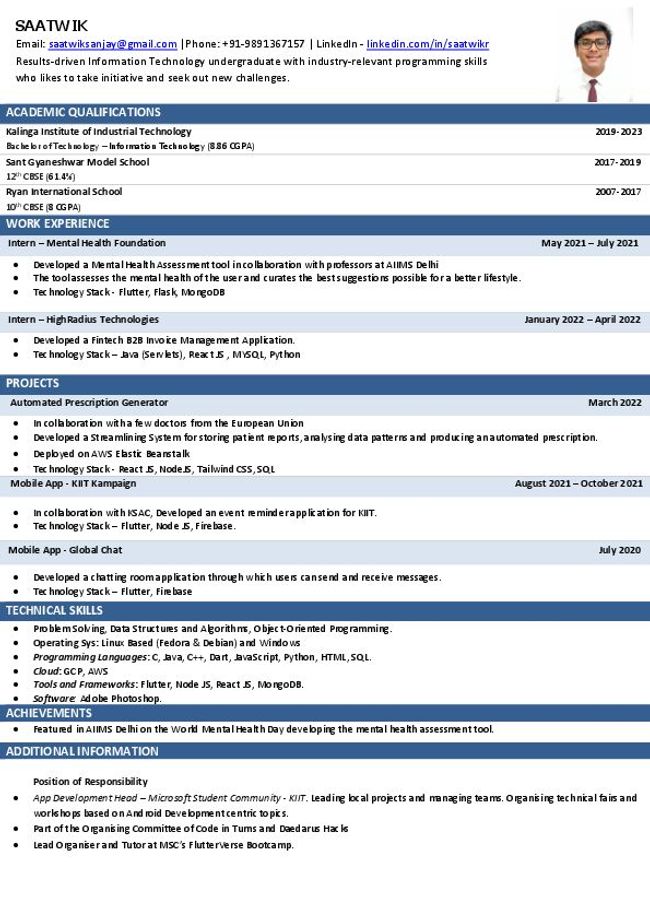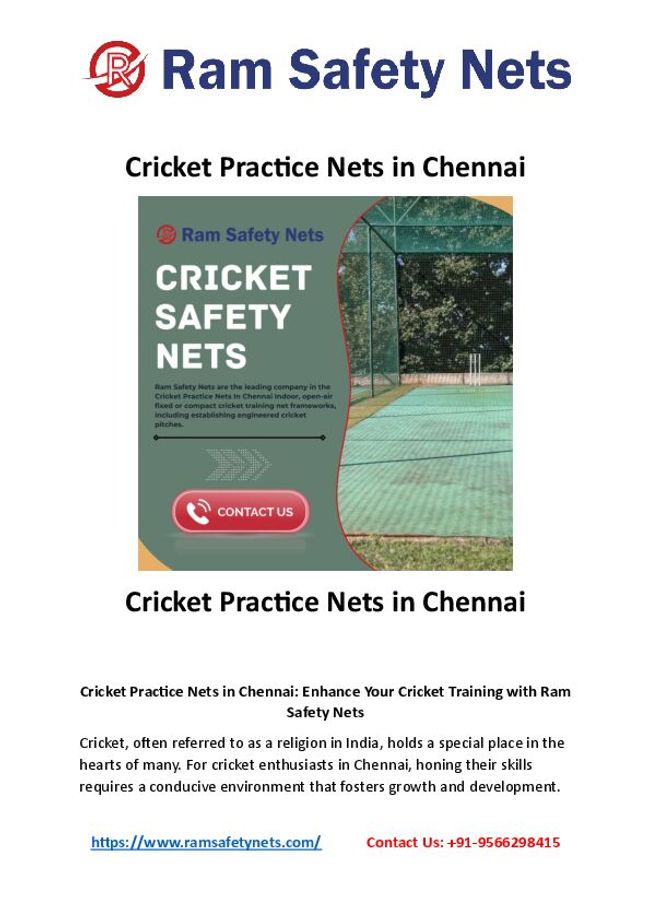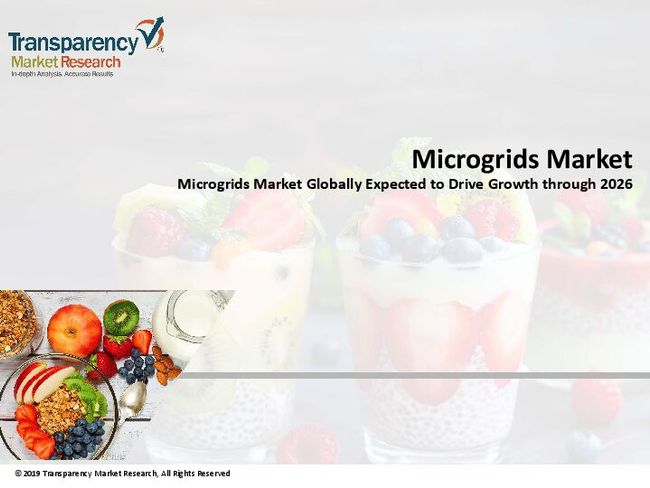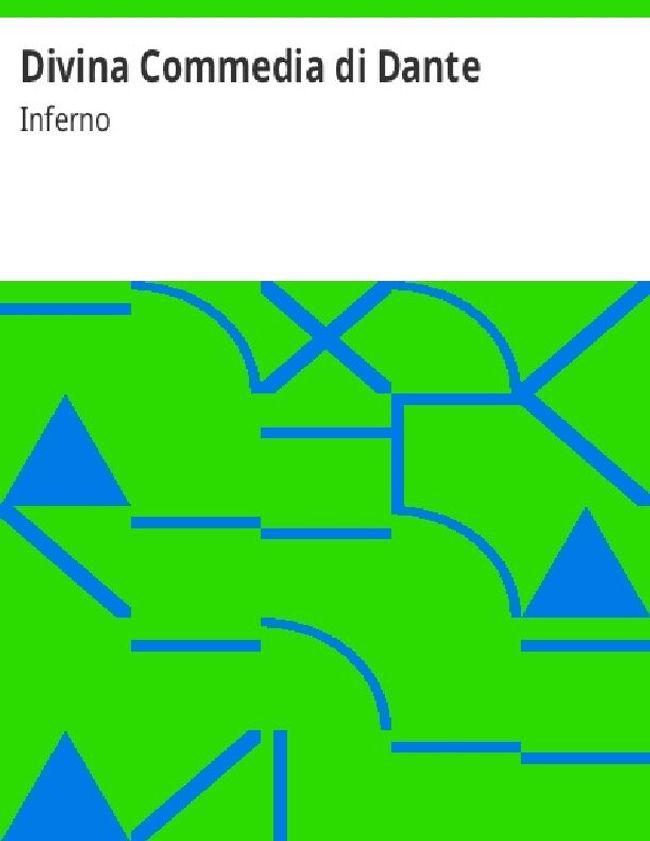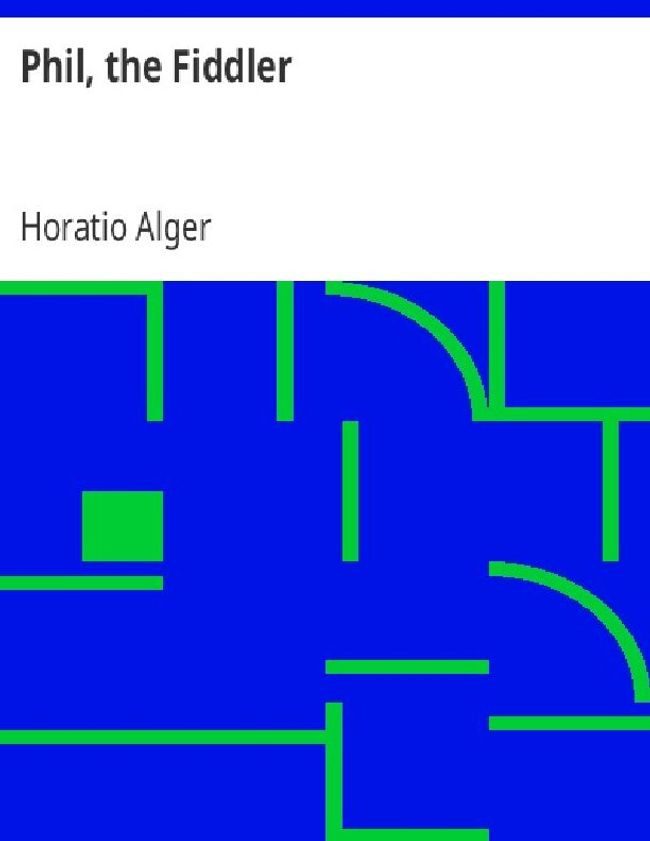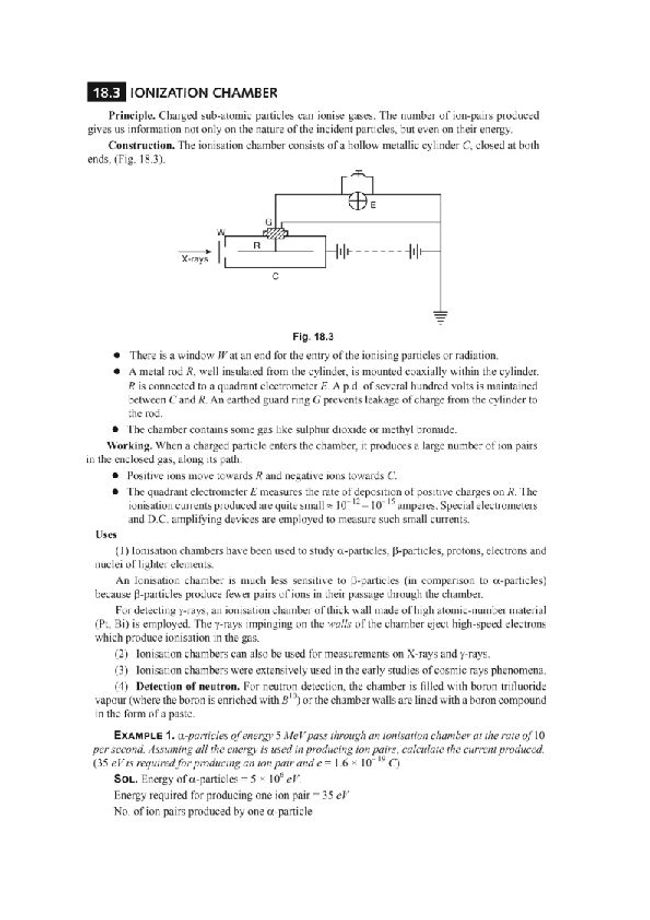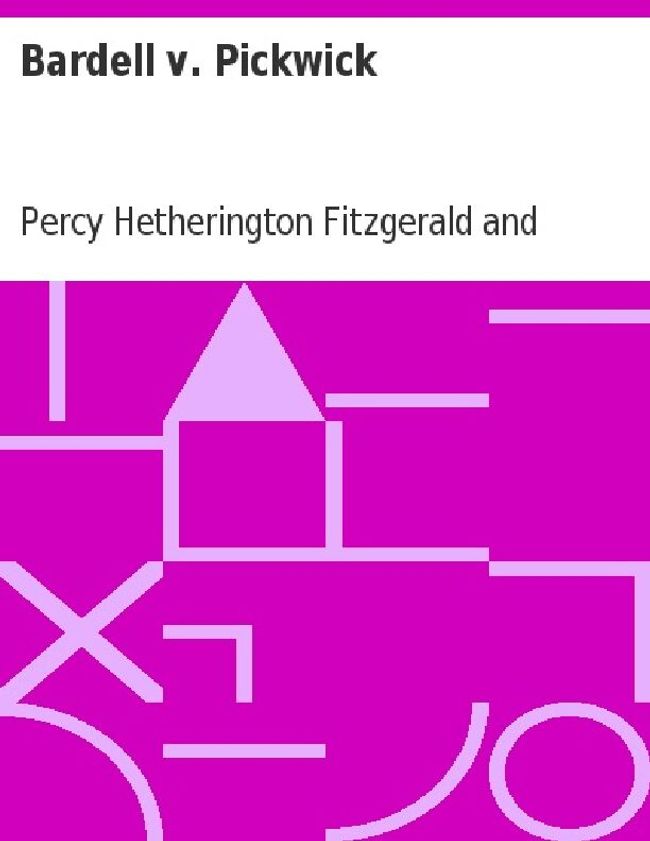Search results (181,753)
How to Choose the Best eCommerce Platform 2023?
kaushik jadav
Lokaly is a solution for Sellers and Buyers where Sellers can manage their khata /account and Buyers online through Lokaly Seller App.

Stroke, Dementia and Atrial Fibrillation
CC BY
The present special issue will lead you to discover the association between cerebrovascular events, cognitive impairment and atrial fibrillation, through update reviews and original articles exploring the pathophysiological mechanisms underpinning this association and describing the latest results in term of stroke prevention in AF. An interesting scientific journey that reflects the recent advances in pharmacological treatments and interventional procedures involving both mind and heart.
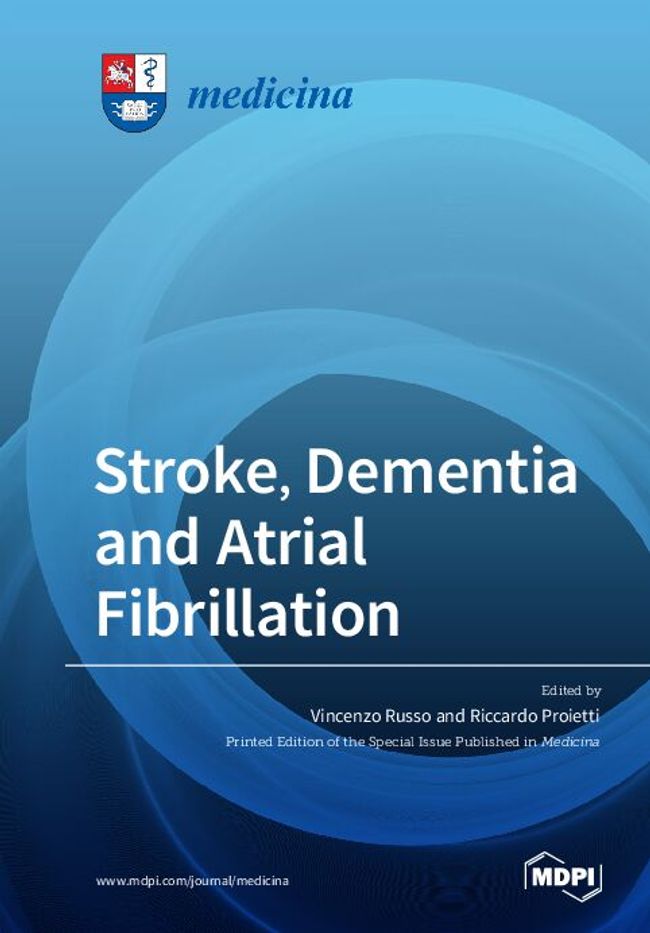
Dirtyzone.com Login : Steps To Sign Into Dirty Zone
sr
follow these steps to login to Dirtyzone / Dirty Zone.

Understanding Tax Lien Certified Courses
Tax lien investing offers a unique opportunity to earn high returns while helping local governments collect unpaid taxes. By understanding the process, benefits, and risks, you can make informed decisions and achieve success in this niche investment field. Education and training, such as tax lien certified courses, are essential to mastering the complexities of tax lien investing. With the right knowledge and strategies, you can unlock the potential of tax lien investments and build a profitable portfolio.
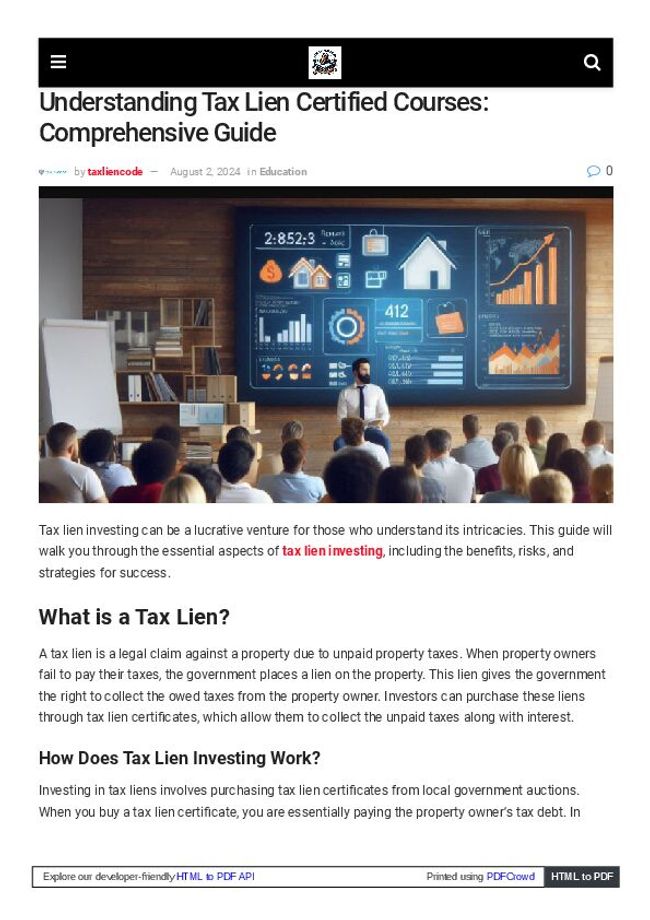
Retirement Home? Ageing Migrant Workers in France and the Question of Return
CC BY-NC
Aging migrants; Return and circulation migration; Migrant worker hostels in France; Social systems; Older North and West African men
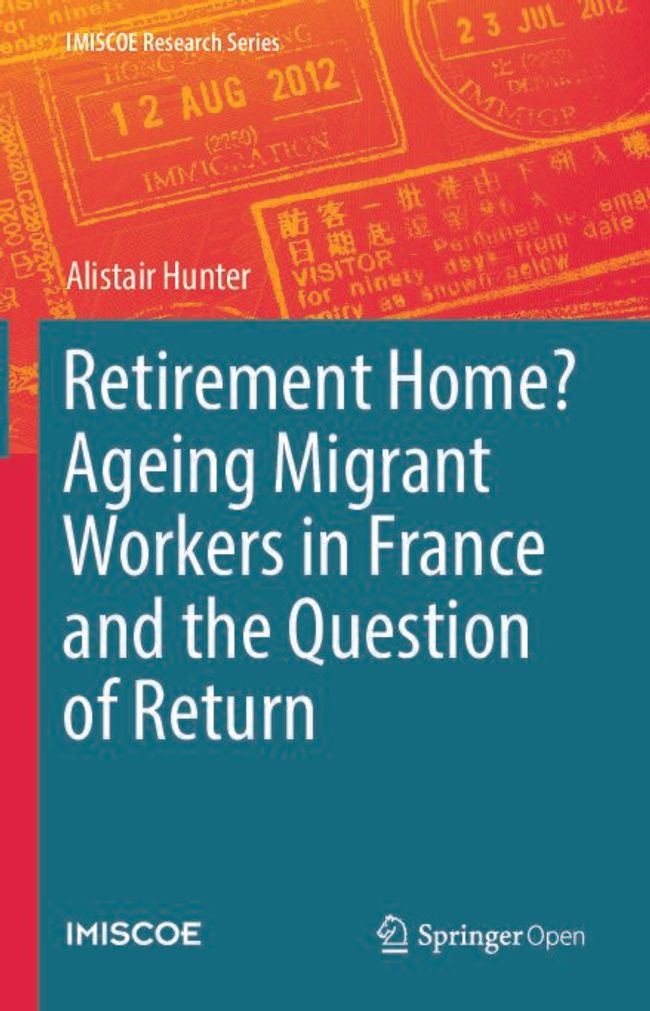
Top 10 Women Leaders Leading the FinTech in 2024
Design
Innovation is a cornerstone of success for Shiri Schneider—an inspiration who stands out as a guiding light of leadership and expertise in the Fintech landscape. With over 18 years of experience in the hi-tech industry, she has honed her skills in building complex systems and leading global multidisciplinary teams. Her visionary approach and deep domain expertise have propelled her to the forefront of the sector.
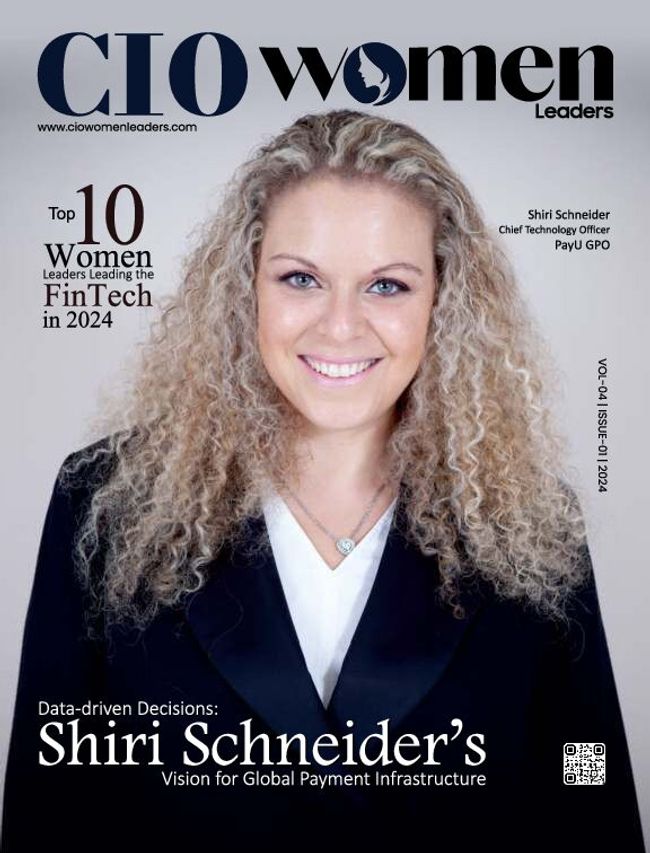
National Constitutions in European and Global Governance: Democracy, Rights, the Rule of Law: National Reports
CC BY
This two-volume book, published open access, brings together leading scholars of constitutional law from twenty-nine European countries to revisit the role of national constitutions at a time when decision-making has increasingly shifted to the European and transnational level. It offers important insights into three areas. First, it explores how constitutions reflect the transfer of powers from domestic to European and global institutions. Secondly, it revisits substantive constitutional values, such as the protection of constitutional rights, the rule of law, democratic participation and constitutional review, along with constitutional court judgments that tackle the protection of these rights and values in the transnational context, e.g. with regard to the Data Retention Directive, the European Arrest Warrant, the ESM Treaty, and EU and IMF austerity measures. The responsiveness of the ECJ regarding the above rights and values, along with the standard of protection, is also assessed. Thirdly, challenges in the context of global governance in relation to judicial review, democratic control and accountability are examined. On a broader level, the contributors were also invited to reflect on what has increasingly been described as the erosion or ‘twilight’ of constitutionalism, or a shift to a thin version of the rule of law, democracy and judicial review in the context of Europeanisation and globalisation processes.The national reports are complemented by a separately published comparative study, which identifies a number of broader trends and challenges that are shared across several Member States and warrant wider discussion. The research for this publication and the comparative study were carried out within the framework of the ERC-funded project ‘The Role and Future of National Constitutions in European and Global Governance’.The book is aimed at scholars, researchers, judges and legal advisors working on the interface between national constitutional law and EU and transnational law. The extradition cases are also of interest to scholars and practitioners in the field of criminal law.Anneli Albi is Professor of European Law at the University of Kent, United Kingdom.Samo Bardutzky is Assistant Professor of Constitutional Law at the University of Ljubljana, Slovenia.

The Violet Fairy Book
Andrew Lang
PD-US
Title; Contents; Preface; A Tale Of The Tontlawald; The Finest Liar In The World; The Story Of Three Wonderful Beggars; Schippeitaro; The Three Princes And Their Beasts; The Goat's Ears Of The Emperor Trojan; The Nine Pea-hens And The Golden Apples; The Lute Player; The Grateful Prince; The Child Who Came From An Egg; Stan Bolovan; The Two Frogs; The Story Of A Gazelle; How A Fish Swam In The Air And A Hare In The Water.; Two In A Sack; The Envious Neighbour; The Fairy Of The Dawn; The Enchanted Knife; Jesper Who Herded The Hares; The Underground Workers; The History Of Dwarf Long Nose.
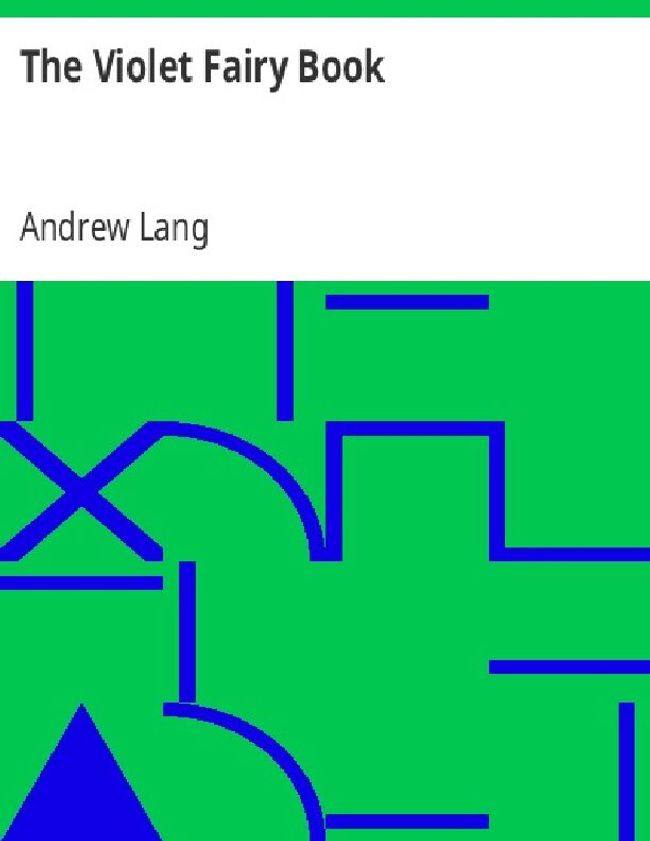
Romanistiken i Sverige
CC BY-NC-ND
ISSN: 2002-2131 Kriterium (Online) The Romance languages are the Indo-European languages developed from Latin. The term "Romance Languages" also refers to the academic discipline, which studies the Romance languages and literature from the areas where the Romance languages are spoken. This discipline has a long tradition in Sweden. Swedish academic education and research in the Romance languages forms the subject of this anthology, whose contributions are written by 22 different researchers active in the field. The anthology examines the historical development of the study of the Romance languages in Sweden, as well as important trends in current education and research. The question of what characterizes the Romance languages as an academic discipline in Sweden today is thoroughly discussed in several of the contributions. The book brings a metadisciplinary perspective in the sense that it is the discipline itself, Romance languages – or some aspect of it – that constitutes the object of study. It is aimed at anyone with an interest in university and scholarly history and the development and position of academic language subjects in a Swedish university context. In addition, several of the contributions are of relevance for readers with an interest in language didactics and for pedagogical research on language teaching in higher education. The hope is that the reflections and investigations gathered in this anthology will serve as a starting point for the future development of the study of the Romance languages in Sweden.***De romanska språken är de indoeuropeiska språk som utvecklats från latinet. Beteckningen ”romanska språk” syftar även på den akademiska disciplin i vilken de romanska språken och litteraturen från de romanska språkområdena studeras. Denna disciplin, också kallad ”romanistik”, har en lång tradition i Sverige. Den akademiska utbildningen och forskningen i romanska språk i Sverige bildar ämnet för denna antologi, vars bidrag är skrivna av 22 olika forskare verksamma inom fältet. I antologin undersöks den svenska romanistikens historiska utveckling samt bärande tendenser i dagens utbildning och forskning. Frågan om vad som idag kännetecknar romanska språk som akademisk disciplin i Sverige diskuteras grundligt i flera av bidragen. Boken anlägger ett metadisciplinärt perspektiv i den meningen att det är själva disciplinen romanska språk – eller någon aspekt av denna – som utgör studieobjektet. Den vänder sig till alla med intresse för universitets- och lärdomshistoria och för de akademiska språkämnenas utveckling och ställning i ett svenskt högskolesammanhang. Flera av bidragen är därutöver av relevans för läsare med intresse för språkdidaktiska spörsmål och för pedagogisk forskning rörande språkundervisning inom högre utbildning. Förhoppningen är att de reflexioner och undersökningar som samlas i denna antologi ska kunna tjäna som en utgångspunkt för romanistikens utveckling i Sverige i framtiden. Academic co-ordinator is Ingmar Söhrman, Emeritus Professor, Romance languages, University of Gothenburg: https://orcid.org/0000-0002-9468-9157

Georges Perec’s Geographies
CC BY-NC
Georges Perec, novelist, filmmaker and essayist, was one of the most inventive and original writers of the twentieth century. A fascinating aspect of his work is its intrinsically geographical nature. With major projects on space and place, Perec’s writing speaks to a variety of geographical, urban and architectural concerns, both in a substantive way, including a focus on cities, streets, homes and apartments, and in a methodological way, experimenting with methods of urban exploration and observation, classification, enumeration and taxonomy.
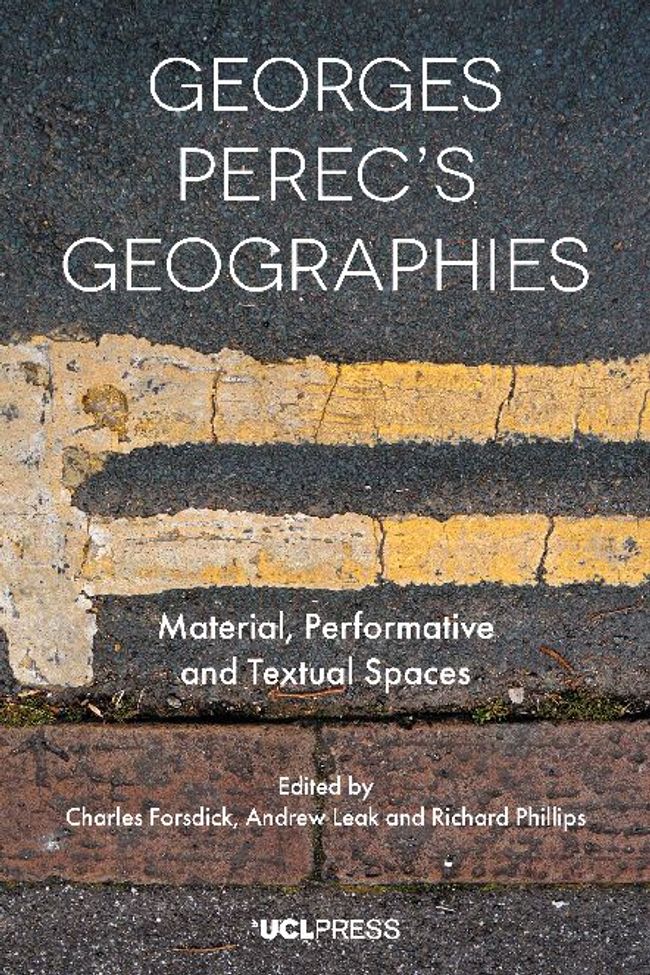
Green, Closed Loop, Circular Bio-Economy
CC BY
In recent years, bioeconomy strategies have been implemented and adapted internationally. In the bioeconomy, materials are to a certain extent circular by nature. However, biomaterials may also be used in a rather linear way. Lately, a transition towards a circular economy, a more restorative and regenerative economic model, is being promoted worldwide. A circular economy offers an alternative model aiming at “doing more and better with less”. It is based on the idea that circulating matter and energy will diminish the need for new input. Its concept lies in maintaining the value of products, materials, and resources for as long as possible and at the same time minimizing or even eliminating the amount of waste produced. Focused on “closing the loops”, a circular economy is a practical solution for promoting entrepreneurial sustainability, economic growth, environmental resilience, and a better quality of life for all. The most efficient way to close resource loops is to find value in the waste. Different modes of resource circulation may be applied, e.g., raw materials, by-products, human resources, logistics, services, waste, energy, or water. To that end, this Special Issue seeks to contribute to the circular bioeconomy agenda through enhanced scientific and multidisciplinary knowledge to boost the performance efficiency of circular business models and support decision-making within the specific field. The Special Issue includes innovative technical developments, reviews, and case studies, all of which are relevant to green, closed-loop, circular bioeconomy.
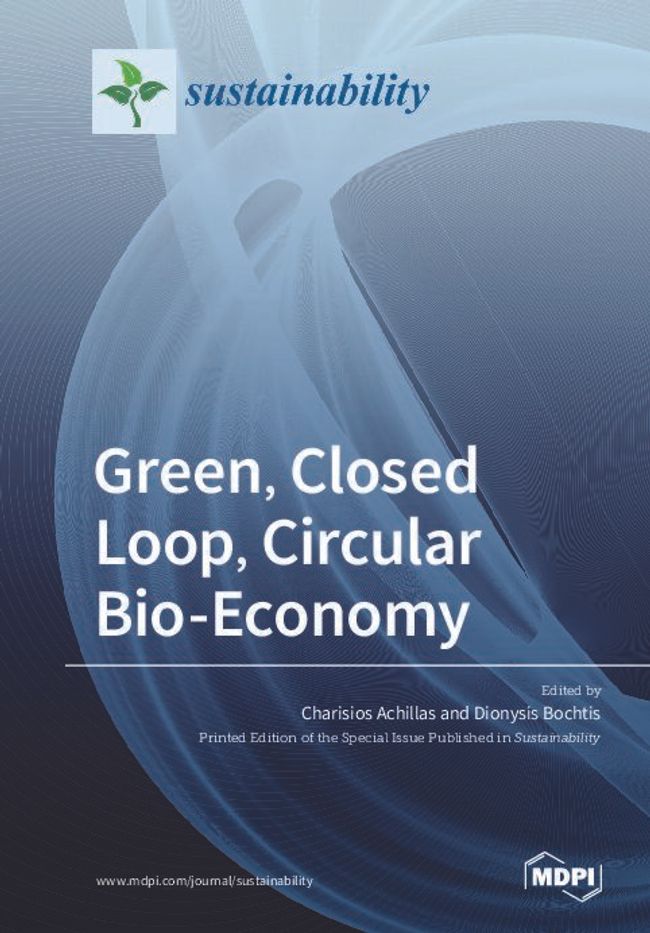
Programming Languages and Systems: 28th European Symposium on Programming, ESOP 2019, Held as Part of the European Joint Conferences on Theory and Practice of Software, ETAPS 2019, Prague, Czech Republic, April 6–11, 2019, Proceedings
Luis Caires (editor)
CC BY
This book is Open Access under a CC BY licence.
